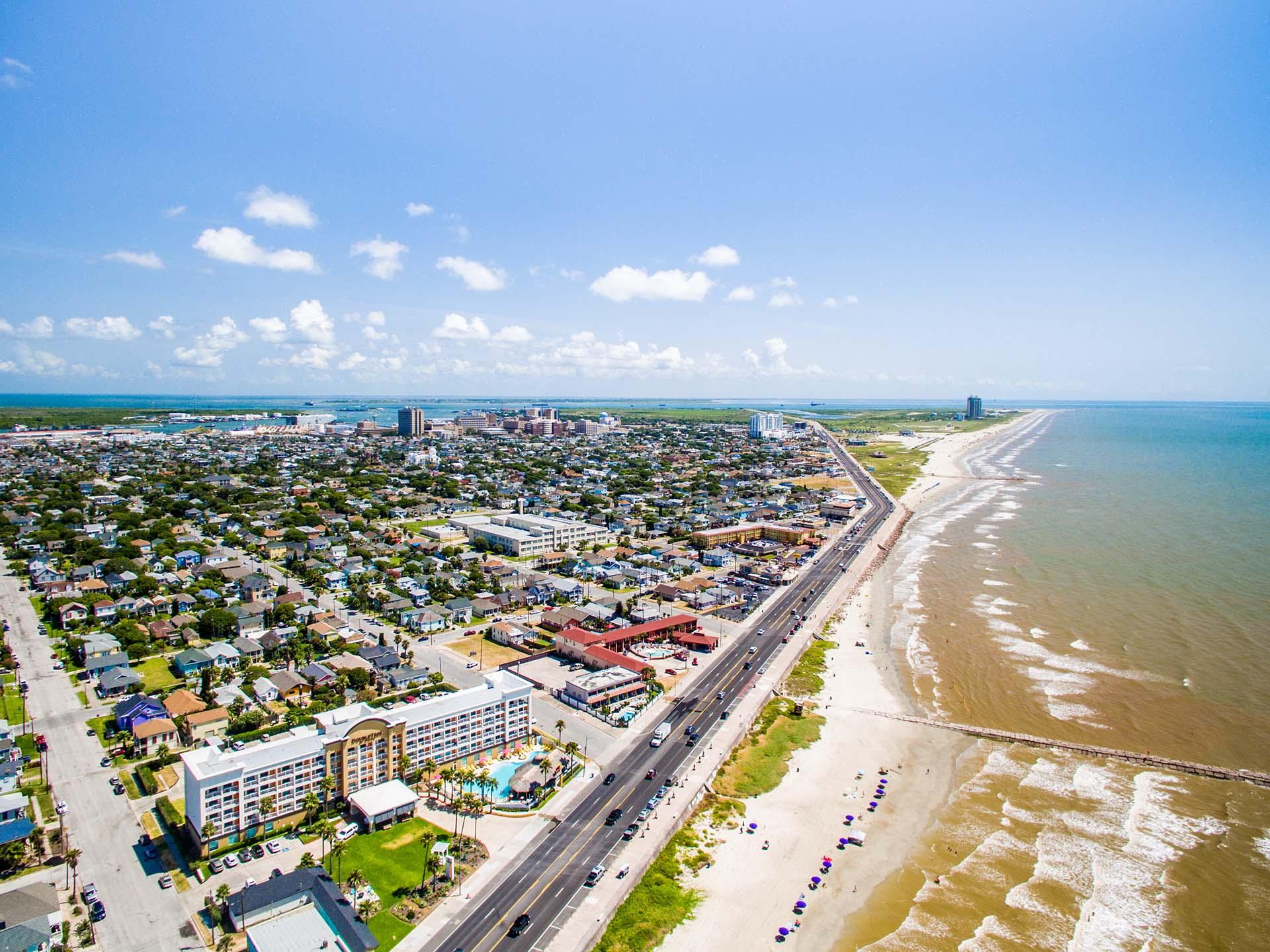
Texas after the storm
Preparing the Texas region with resilient nature-based engineering solutions
Master plan defends coastline using nature and infrastructure
In March 2019, responding to devastation from Hurricane Harvey and extreme national socio-economic implications of an unprotected Texas, AECOM worked with the Texas General Land Office to release the second-ever Texas Coastal Resiliency Master Plan. This long-term, statewide planning tool directs the agency’s coastal management priorities in developing/implementing both nature-based and infrastructure-based projects to restore, enhance and protect 367+ miles of Texas coastline and 3,300 miles of bays/estuaries, while also protecting multi-billion-dollar energy assets and 6.7 million residents. In 2023, we issued the third iteration of the plan—furthering this large-scale collaboration to safeguard Texas’ coast.
Proven expertise, unprecedented funding
The 2019 plan’s strength yielded a proposed US$100 million of federal and US$40 million of state funding toward vital, coast-wide resiliency projects, representing the largest-ever annual allocation of coastal resilience funds at the state level. With the 2023 issuance, the Texas General Land Office is positioned to use the Plan to continue this upward trend in investment towards coastal resilience. The cutting-edge work communicates the impact of inaction, fosters future land/asset stewardship and is already informing resiliency projects and guidelines nationally. AECOM’s unique coastal engineering expertise across environmental, technical, engineering groups, researchers, universities, and community outreach programs bore important facilitation and planning.
Driving consensus to protect what’s precious
AECOM identified and delivered world-class, innovative coastal restoration methodologies, expertly crafted to address interactions/co-benefits between infrastructure- and nature-based engineering solutions; built critical consensus across diverse state and federal agencies, businesses, industries and communities to allow groups to see common goals; and positive collaboration with the Technical Advisory Committee, a 200+ group of coastal experts, stakeholders and public and private entities.